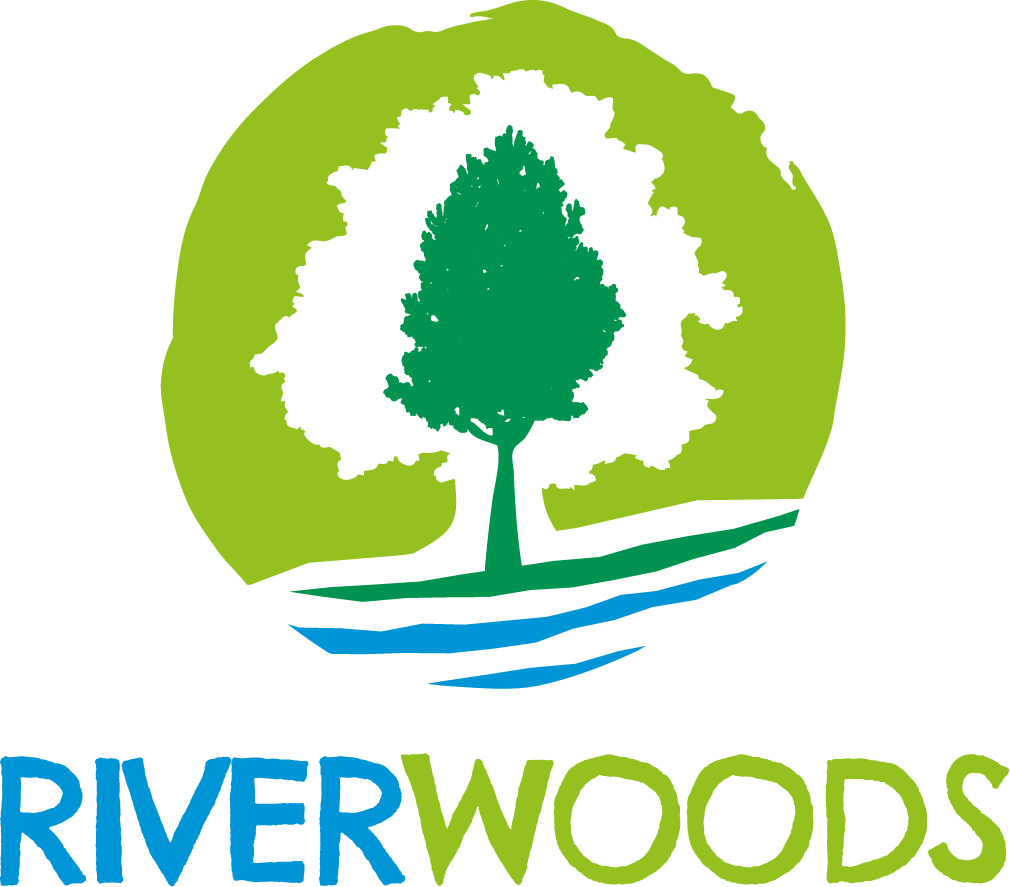Theme 1: Blended finance models
Social bridging finance – public sector investment
Social Bridging Finance (SBF) (source: Robertson Trust) is a new grant funding model designed to enable public services to innovate and move resources towards preventative services, by bringing together a working partnership of public sector, third sector and independent funders.
Through SBF, grant funding from independent funding sources is used to support the initial demonstration phase of an evidence-based service. This is underpinned by a contractual agreement between all partners that aims to ensure the public sector sustains those services which successfully meet agreed outcomes.
Other models, including government and philanthropic sources acting as guarantors to de-risk investment
There are a number of ways in which investments can be made less risky through the addition of support from government and/or philanthropic sources, including:
- Grants for proof of concept
- Grants for hard-to-monetise elements of blended finance packages
- Grants for capacity building
- Interest free loans / early investment
- Risk free loans to stimulate innovation (i.e. only pay back if successful)
- Public or philanthropic actors acting as guarantors (which will cost them nothing if the project succeeds)
Theme 2: Markets and monetisation
Voluntary carbon markets
The woodland carbon market has changed a lot in the last year. The demand side is growing rapidly already. It’s the supply side that needs more focus. Riverwoods and collaboration is key: engagement with landowners and farmers is crucial for scale.
Monetisation of other ecosystem services
Benefits beyond carbon sequestration include water quality improvements, water temperature regulation, reduction of soil erosion, natural flood risk management, shelter for livestock, recreation, health and wellbeing, and of course benefits to biodiversity (including for salmon fisheries). We need to start identifying the beneficiaries and assigning monetary values to these benefits.
Theme 3: Wider policy coherence
Subsidies and levies
Other sources of potential funding exist for Riverwoods, most notably the future of post-CAP land management payments, biodiversity net gain (targeting developers) and possibly the infrastructure levy (which if activated would give powers to local authorities to impose a levy on developers and use the levy to pay for natural infrastructure).
Existing woodland grants
Riparian planting doesn’t score well with value for money – what do we collectively need to do / advocate for to address this?
Cross-cutting themes
Data
Some interesting possibilities exist, including the use of satellite imagery – selling the benefits by visualising the context for farmers. Visualizing actual measurements using remote data. How do we grade the data quality? – indicators used as proxies vs real data sources.
